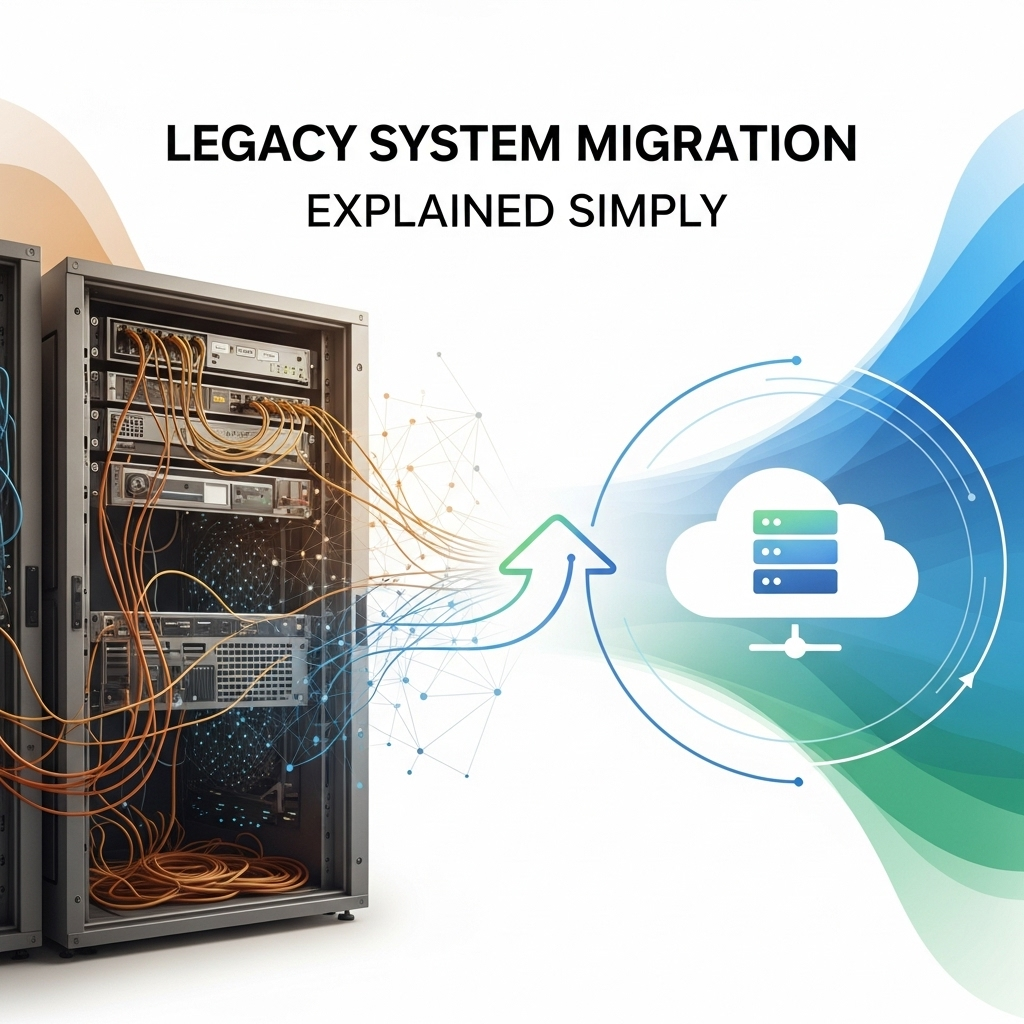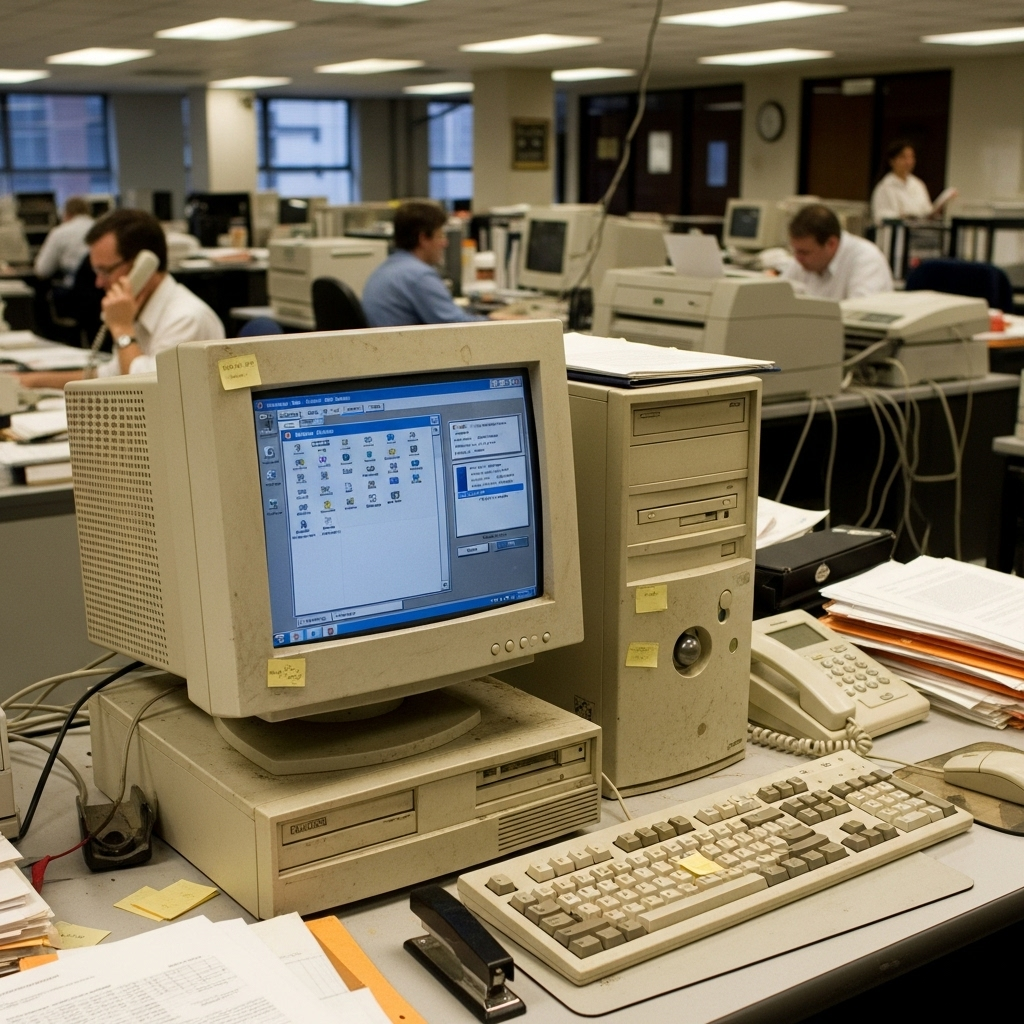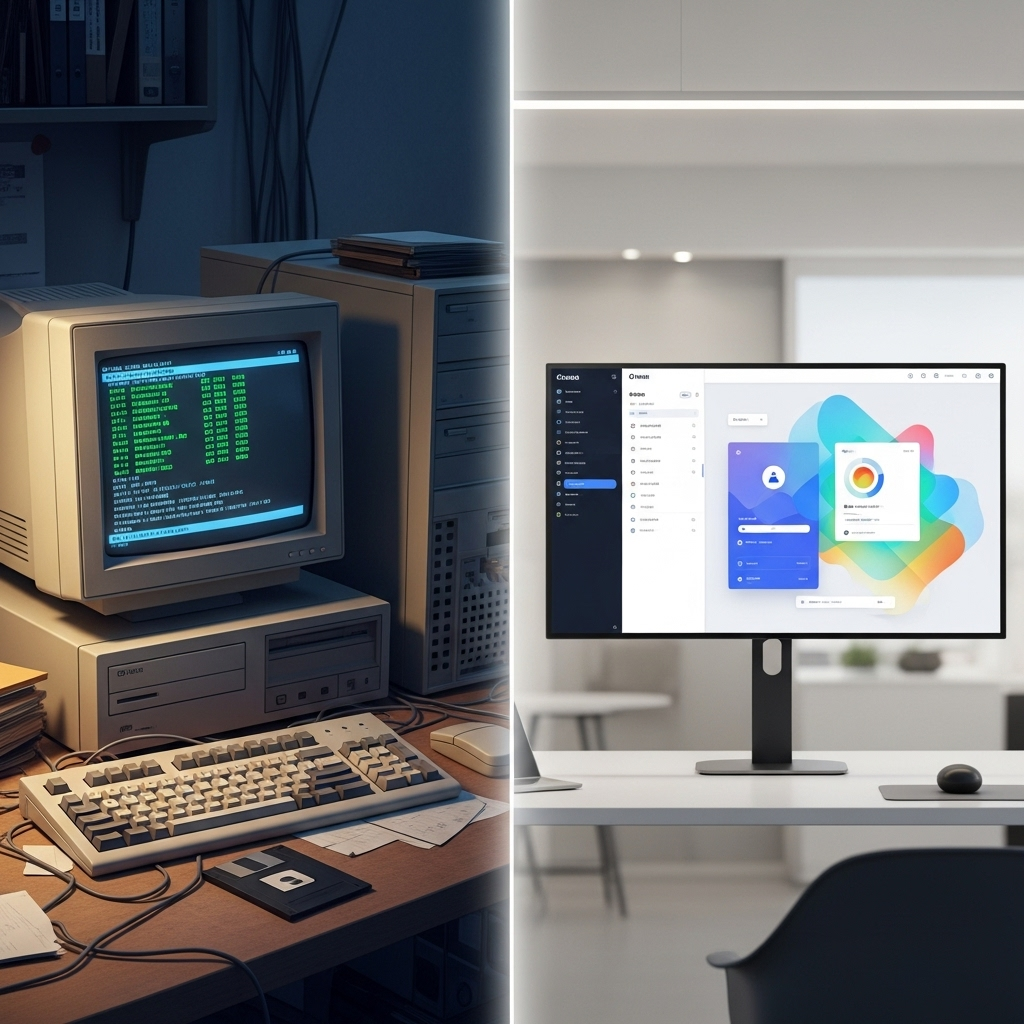Almost every successful company eventually faces the same big question: How do you handle legacy system migration? Whether you’re a manager or decision-maker, understanding the path from outdated software to modern solutions is crucial for the future of your business. In this article, we break down what legacy system migration really means, why it’s important, and how it can set your organization up for lasting success.
1. Understanding Legacy Systems: What Are They and Why Do They Matter?
Legacy systems are long-standing pieces of software or hardware that play a core part in how work gets done. Think of them as the old engines that have reliably powered your business for years—sometimes even decades.

While they may still function, technology changes fast, so these systems can become difficult to maintain, upgrade, or integrate with newer tools. Companies often rely on these because they are comfortable and familiar, not necessarily because they’re efficient or secure.
2. The Challenges of Relying on Outdated Technology
Depending on outdated technology brings a unique set of challenges. For example, you might find that fewer people can fix issues when they arise, or that old systems slow down other business processes. Security risks can increase, as older systems are more vulnerable to cyber threats than newer ones. Plus, compliance with regulations can get tricky if your tech can’t keep up with current standards.

3. Legacy System Migration: What Does It Involve?
Legacy system migration is the process of moving data, applications, or programs from outdated platforms to modern alternatives. This could mean transferring files, redesigning workflows, or even shifting to brand new systems that are cloud-based and more efficient. Because each legacy system is different, migration plans need to be tailored for each business. What makes this even more delicate is the need to keep everyday business running smoothly while changes are being made. For more about why legacy systems can block innovation, you can visit Gartner’s definition of legacy systems.
4. Common Reasons for Legacy System Modernization
Why do so many organizations invest in legacy system modernization? Some want to boost efficiency and cut costs, as old systems are often slow and expensive to maintain. Others care about keeping customer data safe or meeting new industry regulations. Often, it’s simply about staying competitive: if rivals are using smarter tools, you can’t afford to lag far behind.

5. How Legacy to Cloud Migration Can Benefit Your Business
Shifting from legacy systems to modern, cloud-based technology can unlock multiple benefits. For instance, cloud platforms usually provide more flexibility, scalability, and security. They also make it easier for teams to collaborate—whether from different offices or remote locations. This move can help your business become more agile and responsive to changing market needs. You can learn more on this from AWS’s migration resource.
6. The Human Side of Modernizing Legacy Applications
While technology is important, people are at the center of any modernization journey. Employees might feel anxious about new changes, or worry about needing new skills. It’s important to communicate clearly about the process, offer support, and listen to concerns. Encouraging staff to be a part of the transition can boost morale, creativity, and adoption of new systems.

7. Exploring Legacy Application Re-Engineering: A Fresh Start
Sometimes, it’s not enough to simply move old applications to new environments—a complete overhaul is necessary. This is known as legacy application re-engineering. Instead of shoehorning old processes into modern frameworks, re-engineering rethinks how your business uses technology, taking advantage of new features and possibilities. It’s like renovating a house instead of just repainting the walls. This can often lead to smoother operations, better performance, and an improved experience for both customers and employees.
8. Practical Steps to Begin Legacy System Migration
You might be asking, “Where do I start?” First, it’s crucial to assess what systems you currently use and determine which are the most critical. Then, set clear goals for what you want from a migration—better speed, lower costs, improved security, or all of the above. Next, find trusted experts to guide the process, ensuring there is a plan for data protection and minimal disruption to daily business. Testing at every stage helps you catch issues before they create problems. Following these practical steps eases the transition and increases your odds of success.

9. Building Trust Throughout Your Technology Transformation
Trust is essential when undergoing any significant change. Be transparent with your team about the reasons and benefits for modernizing legacy applications. Also, celebrate small wins and keep communication open so everyone knows what to expect. Businesses that prioritize trust during transitions tend to see smoother migrations and faster adoption of new solutions.
10. Finding Support During Your Modernization Journey
Undertaking legacy system migration does not have to be overwhelming. There are dedicated companies like Blanmo that offer practical expertise and human support at every step. Whether you need full-scale legacy to cloud migration, advice on legacy application re-engineering, or a strategy for modernizing legacy applications, getting the right help can make all the difference. Remember, modern technology is meant to empower your business, not intimidate it. Start your journey today and build a more resilient, future-ready company.
